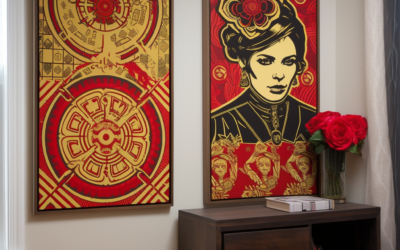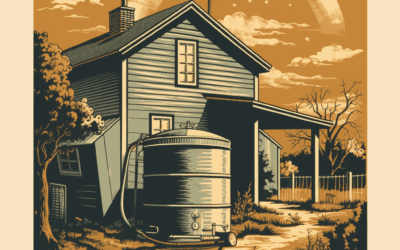Plywood, a versatile and widely used building material today, was actually invented more than 2,000 years ago. The ancient Egyptians are believed to have been the first civilization to discover and utilize this innovative construction material. They developed a crude form of plywood by laminating thin layers of wood together with the grains alternating perpendicular to each other. This early version of plywood was primarily used to construct furniture, including tables and chairs, as well as in the construction of chariots.
However, plywood as we know it today didn’t become popular until the early 20th century. It was during the Second World War that plywood gained significant recognition and was widely used in military applications. The need for lightweight, yet strong materials for constructing aircraft led to plywood being used extensively in the aviation industry. Plywood’s structural integrity and easy workability made it an ideal choice for manufacturing airplane wings and fuselages.
After the war, plywood’s advantages became well known outside the military sector. Its cost-effectiveness, durability, and versatility made it a favored material in the construction industry. Plywood became a popular alternative to solid wood, as it was less expensive and more dimensionally stable. It found its way into various applications such as flooring, roofing, wall panels, and furniture manufacturing, among others.
One of the major advantages of plywood is its ability to resist cracking, shrinkage, and warping, thanks to the alternating grain patterns. This provides plywood with increased strength, stability, and uniformity, making it an invaluable material in construction and other industries. Additionally, plywood is also highly resistant to impact, moisture, and fire, making it a durable and safe choice for a wide range of applications.
In recent years, plywood has seen an increase in popularity for its eco-friendly attributes. Plywood production uses less energy and produces less waste compared to other building materials. Furthermore, using plywood made from sustainably sourced wood helps reduce deforestation and encourages responsible forestry practices.
Today, plywood continues to be a fundamental building material, employed in numerous construction projects worldwide. From residential homes to commercial buildings, from furniture to interior design, plywood’s versatility and durability make it an integral part of modern-day construction and design.












